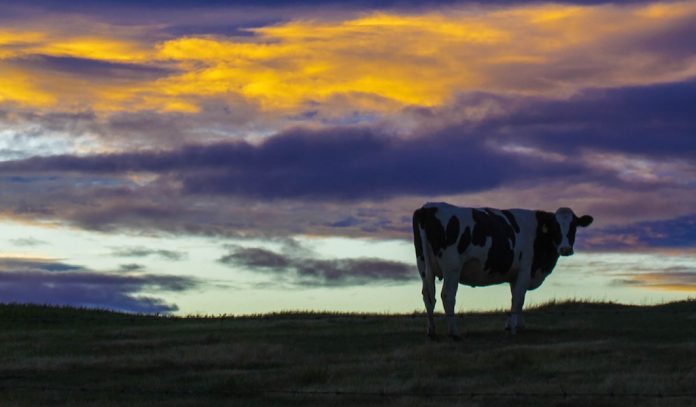In “The Gambler,” by Kenny Rogers, there is the phrase of “You got to know when to hold ‘em …” Even though it a country song, I’m sure he wasn’t talking about cows. Yet, the phrase is very applicable to knowing when to culls cows from the dairy herd.
Of course, many times involuntary culling is necessary because of injury, disease, unable to get them pregnant or other things. However, often there are cows in the herd that need to be culled because they have become unprofitable.
In addition, if a cow remains non-pregnant and the decision is to sell her, the decision has to be made as to when it is the best time to take her to the market.
Use the following steps to make the decision when to voluntarily cull cows from the herd based on income over feed costs and non-feed direct/variable costs:
Income over feed
Determine income over feed costs for the herd.
Calculate feed and variable costs for the herd. For example: a herd is averaging 85 pounds per day of milk, milk price is $18 per hundredweight, feed intake is 55 pounds per day of dry matter and feed cost is $12 per pound of dry matter; (85 * 0.18 ) – (55* 0.12) = $15.30 – 6.60 = $8.70 per day income over feed costs or $10.24 per hundredweight income over feed costs.
Other expenses
Determine the average non-feed direct expenses for the herd. Sometimes, farmers do not have quick access to this information.
Based on the four years of 2015 through 2018, the feed costs averaged 58.4% of the direct expenses for farms in the Ohio Dairy Business Summary. Thus, the non-feed direct expenses averaged 41.6% of the total direct expenses.
Therefore in our example, the feed costs is $6.60 per day or $7.76 per hundredweight, and the non-feed direct costs can be estimated at $4.69 per day or $5.51 per hundredweight.
Which cows
Now that we have determined average feed and non-feed costs for the herd, then we can use this information to decide which cows likely need to leave the herd. When the income over feed costs for a given cow is less than the average non-feed direct costs for the herd, then she will likely need to leave the herd, unless there are prevailing reasons otherwise.
For example, if a given cow in the herd is producing 45 pounds per day of milk, and feed intake is 42 pounds per day, assuming the same milk price and feed price, then income over feed costs = ((45*0.18)-(42*.12) = 8.10 – 5.04 = $3.06 per day.
Based on the average non-feed costs of $4.69 per day for the herd, the income over feed costs is less than the non-feed costs, thus the cow would need to be culled.
In other words, there is not enough income over feed costs to cover the animal’s non-feed direct costs.
Specific
It is important to use actual milk yield and composition for the milk revenue from a specific cow given that the percentages of components will likely be higher in late lactation cows and therefore the price per hundredweight will be higher than the herd average milk price.
Also, use the actual cost of the diet rather the average feed cost for the herd because cows in later lactation may be fed a diet less costly than cows in early or mid lactation.
In summary, the fundamental rule is when income over feed costs (specific cow) is less than non-feed direct costs (herd average), then don’t hold onto them.
Market
However, what about the market price for cull cows? During some years and certain times of the year for animals of sufficient health, it may be advantageous to hold on to them for their weight gain and maximum price per pound at the market. However, this is not the time of the year to hold onto cull cows to increase market price.
Typically because of the increased number of beef cattle being released onto the market so farmers do not have to feed them during the winter, prices begin a decline after July. If you have cows that need to be culled at this time of the year, do not hold onto them — ship them as soon as possible.
Multiple things may need to be considered in the voluntary culling of cows, but the fundamental one is their profitability, so for your herd, know when to hold ‘em and know when to let them go.













